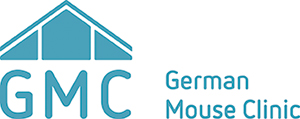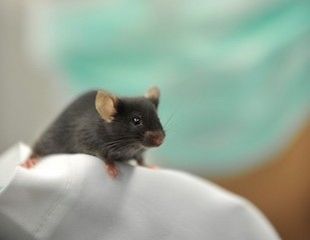A team of scientists at the Baylor College of Medicine, the Chinese University of Hong Kong, the German Mouse Clinic and collaborating institutions analyzed the genes of patients with undiagnosed neurodevelopmental disorders (NDDs) ranging from severe to mild and conducted family studies to detect genetic mutations related to their condition.
The researchers discovered that the patients had mutations of the gene DHX9, which disrupted the gene's normal function. This is the first time that this gene has been associated with a human disease. The study was recently published in the American Journal of Human Genetics.
DDX/DHX genes are nonredundant and are often essential in model organisms and human cell lines. Although they are broadly implicated in RNA metabolism, the precise function of most DDX/DHX helicases remains unknown, and most lack associations with human disease traits. DHX9 primarily localizes to the nucleus, where it regulates transcription and unwinds nucleic acid structures, such as R-loops, three-stranded structures consisting of a DNA-RNA hybrid and displaced single-stranded DNA.
20 individuals with de novo, ultra-rare, heterozygous missense or loss-of-function (LoF) DHX9 variant alleles were identified with phenotypes ranged from NDDs to the distal symmetric polyneuropathy axonal Charcot-Marie-Tooth disease (CMT2). Quantitative Human Phenotype Ontology (HPO) analysis revealed genotype-phenotype correlations with LoF variants causing mild NDD phenotypes and nuclear localization signal (NLS) missense variants causing severe NDD. In human cell lines DHX9 was restricted to the nucleus, the NLS missense variants abnormally accumulated in the cytoplasm. Fibroblasts from individuals with missense variants showed alterations in DHX9 function and abnormal cellular distribution.
Homozygous Dhx9 knock-out mice were generated and studied at the German Mouse Clinic, and the results support the connection between gene and neuronal functions. The deletion in mice resulted in behavioral and neurological abnormalities. On exposure to a novel, mildly stressful environment and introduction to a new home cage, Dhx9 KO mice exhibited decreased locomotor activity and locomotor speed. In a familiar home-cage environment, Dhx9 KO mice showed increases in vertical locomotor activity during the active dark period of the light/dark cycle. These abnormal behavioral reactions to different environmental conditions could indicate altered sensory information processing. Dhx9 mutant animals had lower body weight and reduced food intake, also, 20% showed tremors compared to controls. In addition, the constitutive loss of Dhx9 caused deafness.
Within this study 20 patients received a genetic diagnosis and the results provide a starting point for the examination of the role of DHX9 in human neurodevelopment and neurodegeneration. The expansion of the DHX9 allelic cohort and more functional studies will facilitate genotype-phenotype correlations and provide more insights into the contribution of DHX9 to human health and disease.
Calame DG, Guo T, Wang C, Garrett L, Jolly A, Dawood M, Kurolap A, Henig NZ, Fatih JM, Herman I, Du H, Mitani T, Becker L, Rathkolb B, Gerlini R, Seisenberger C, Marschall S, …., Gailus-Durner V, Guerrini R, Fuchs H, Hrabě de Angelis M, Hölter SM, Cheung HH, Gu S, Lupski JR. Monoallelic variation in DHX9, the gene encoding the DExH-box helicase DHX9, underlies neurodevelopment disorders and Charcot-Marie-Tooth disease. Am J Hum Genet. 2023 Aug 3;110(8):1394-1413. doi: 10.1016/j.ajhg.2023.06.013. Epub 2023 Jul 18. PMID: 37467750


